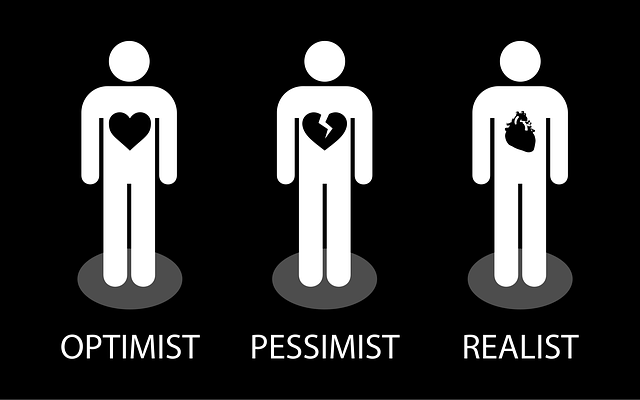Botox for muscle spasms is a popular, non-surgical treatment using botulinum toxin to block nerve signals, reducing tension and pain. Effective for conditions like chronic muscle tension, cerebral palsy, post-stroke spasms, and more, it offers quicker recovery times and minimal downtime compared to surgery. Targeted at specific muscle groups, Botox can ease headaches, neck pain, scoliosis, multiple sclerosis, and post-surgery recovery. Risks include bruising, swelling, headaches, temporary weakness, but most individuals experience results within days to weeks, needing repeat treatments every 3-12 months.
“Discover the transformative power of Botox in managing muscle spasms. This comprehensive guide explores how Botox, a non-surgical treatment, alleviates debilitating spasms affecting various muscles. From understanding the underlying causes and their impact on daily life to examining the benefits and risks, we delve into the process. Learn about the common muscles targeted, including those in the head, neck, and back. Explore the recovery process and why Botox for muscle spasms is a popular choice for effective relief.”
Understanding Muscle Spasms and Their Impact
Muscle spasms are involuntary, sudden contractions that can cause pain and discomfort in various parts of the body. They occur when there’s an imbalance between the signals sent by the brain to muscles and the actual muscle response. These spasms can range from mild to severe, affecting daily activities and quality of life. In many cases, chronic muscle spasms are a symptom of an underlying medical condition such as multiple sclerosis, stroke, or cerebral palsy.
The impact of muscle spasms extends beyond physical discomfort. They can lead to limited mobility, decreased flexibility, and even deformity if left untreated. Botox for muscle spasms has emerged as a highly effective treatment option. By injecting botulinum toxin into the affected muscles, it blocks nerve signals causing spasm, leading to significant reduction in muscle tension and associated pain.
Botox: A Non-Surgical Treatment Option
Botox, short for botulinum toxin, is a popular and effective non-surgical treatment option for managing muscle spasms. When injected into targeted muscles, Botox blocks nerve signals that cause contractions, thereby reducing or eliminating unwanted spasm. This minimally invasive procedure offers several advantages over surgical interventions, including quicker recovery times, minimal downtime, and the ability to treat specific areas without affecting surrounding tissues.
For individuals suffering from conditions like chronic muscle tension, cerebral palsy, or post-stroke spasms, Botox can provide significant relief and improve overall quality of life. Its temporary nature allows for adjustments in dosage and treatment frequency as needed, making it a flexible solution for long-term management of muscle spasms.
Common Muscles Treated with Botox
When it comes to alleviating muscle spasms, Botox is often a sought-after treatment option due to its ability to relax specific muscles and provide long-lasting relief. Several common muscle groups are targeted for this purpose, with particular focus on those that are frequently affected by spasticity or involuntary contractions.
The most commonly treated muscles include the ones responsible for neck and shoulder tension, such as the sternocleidomastoid and trapezius. These muscles are often the culprits behind chronic headaches and neck pain. Other areas of focus include the upper back and chest muscles, which can be overactive due to conditions like scoliosis or muscle imbalances. Additionally, Botox is effective in treating spasms in the leg muscles, offering relief for individuals suffering from conditions like multiple sclerosis or post-surgery recovery.
Benefits, Risks, and Recovery Process
Botox for muscle spasms offers a range of benefits, most notably its ability to relax overactive muscles and alleviate painful spasms. By injecting a small amount of botulinum toxin into affected areas, Botox can provide significant relief for conditions like cervical dystonia, hemidystonia, and spasticity resulting from neurological disorders. This minimally invasive procedure is often preferred due to its non-surgical nature, quick recovery time, and the precise control it offers in targeting specific muscle groups.
However, as with any medical intervention, there are risks associated with Botox for muscle spasms. Potential side effects may include bruising, swelling, headaches, and temporary weakness or loss of muscle strength at the injection site. In rare cases, botulinum toxin can spread beyond the targeted area, leading to systemic symptoms. It’s crucial for patients to discuss these risks openly with their healthcare provider. Recovery from Botox treatments is generally swift, with most individuals experiencing relief within a few days to a week. Full effects may take up to several weeks to become apparent, and the procedure typically needs repeating every 3-12 months depending on individual responses and specific conditions.
Botox has emerged as a highly effective non-surgical treatment option for managing muscle spasms, offering significant relief for many patients. By targeting specific muscles prone to spasticity, Botox can alleviate pain, improve mobility, and enhance overall quality of life. While risks and side effects may occur, the benefits often outweigh these concerns. As with any medical procedure, consulting a qualified healthcare provider is essential to determine if Botox for muscle spasms is the right course of action. Understanding the common muscles treated and the recovery process can further empower individuals to make informed decisions regarding their well-being.
